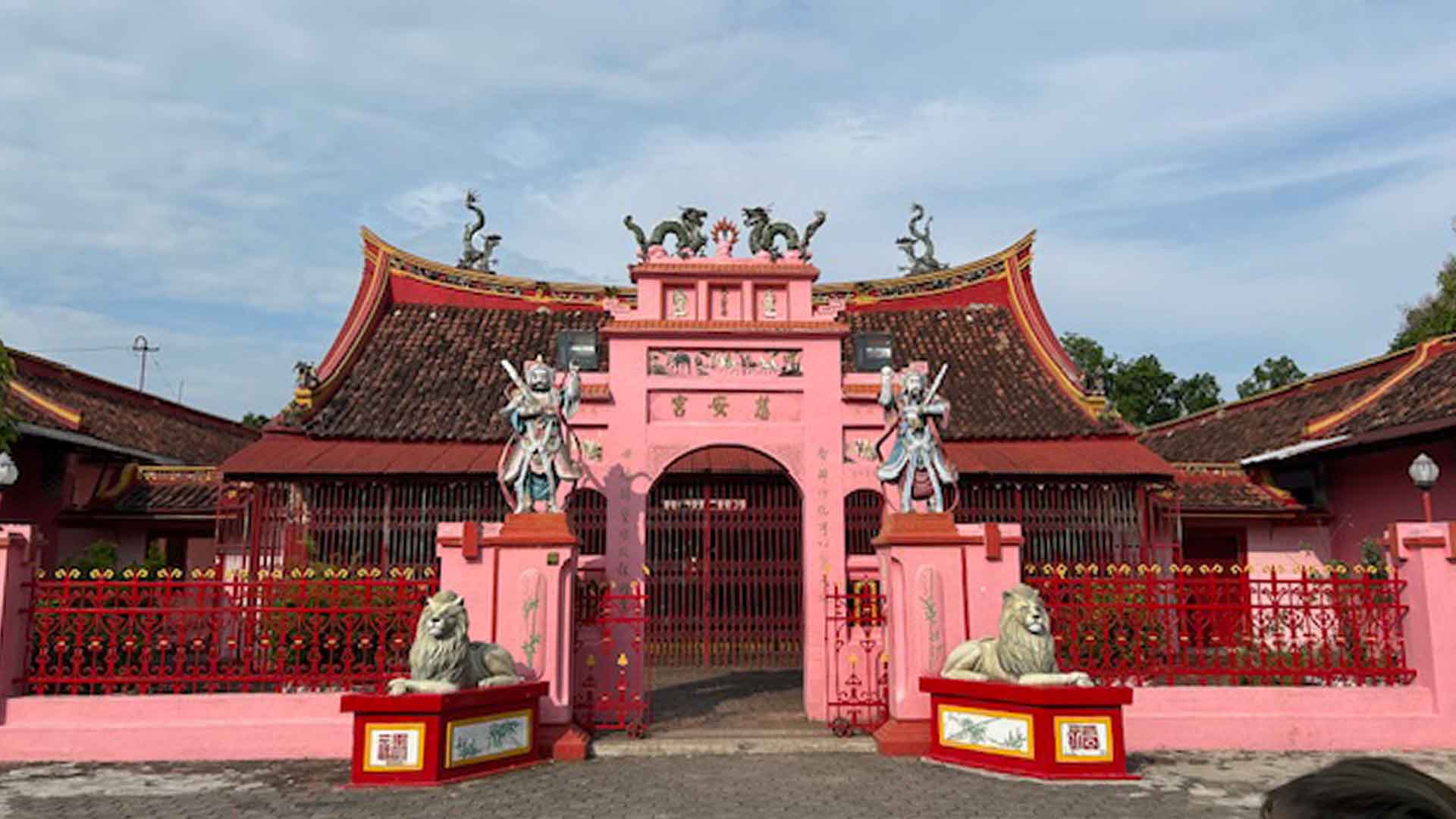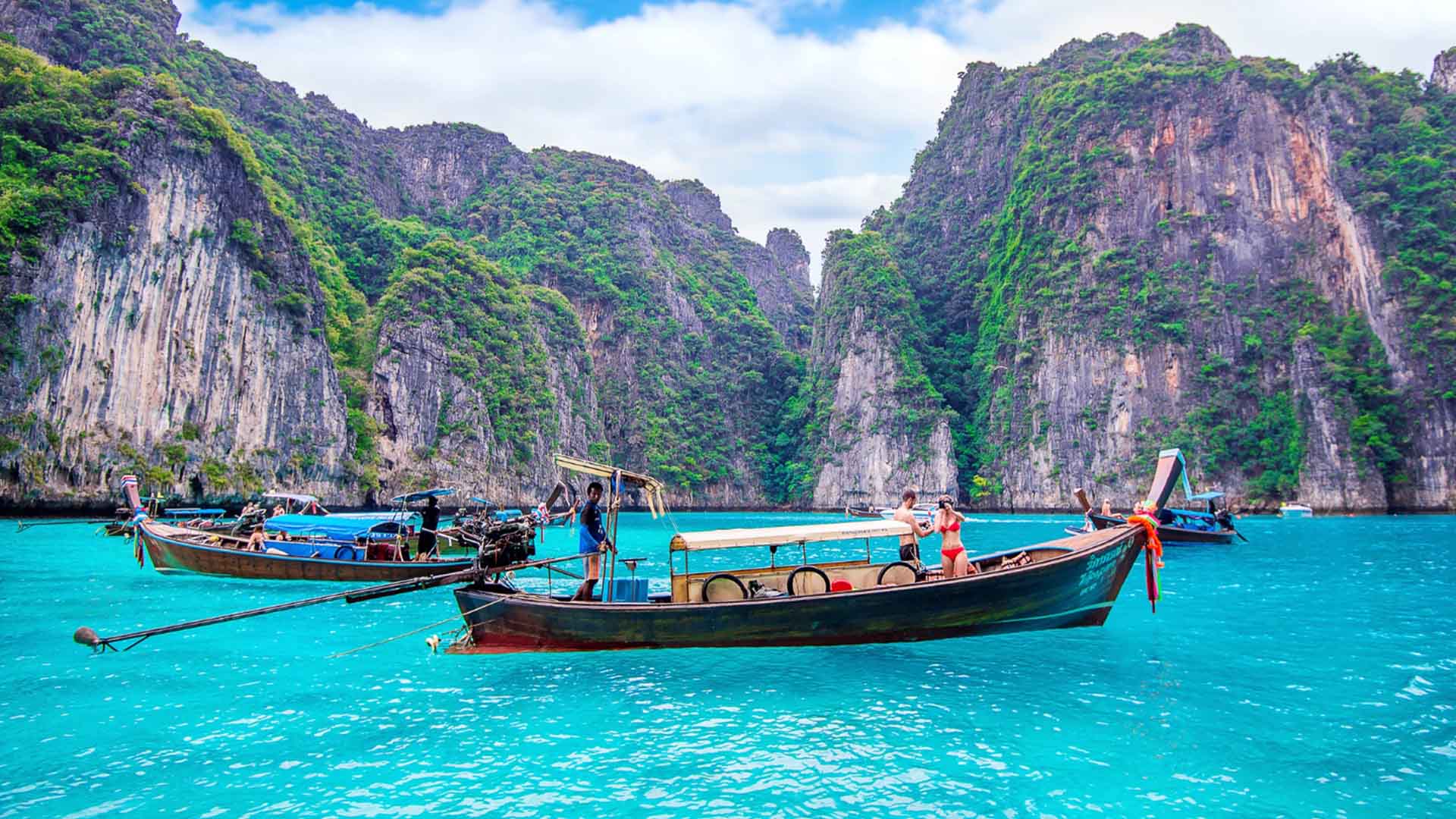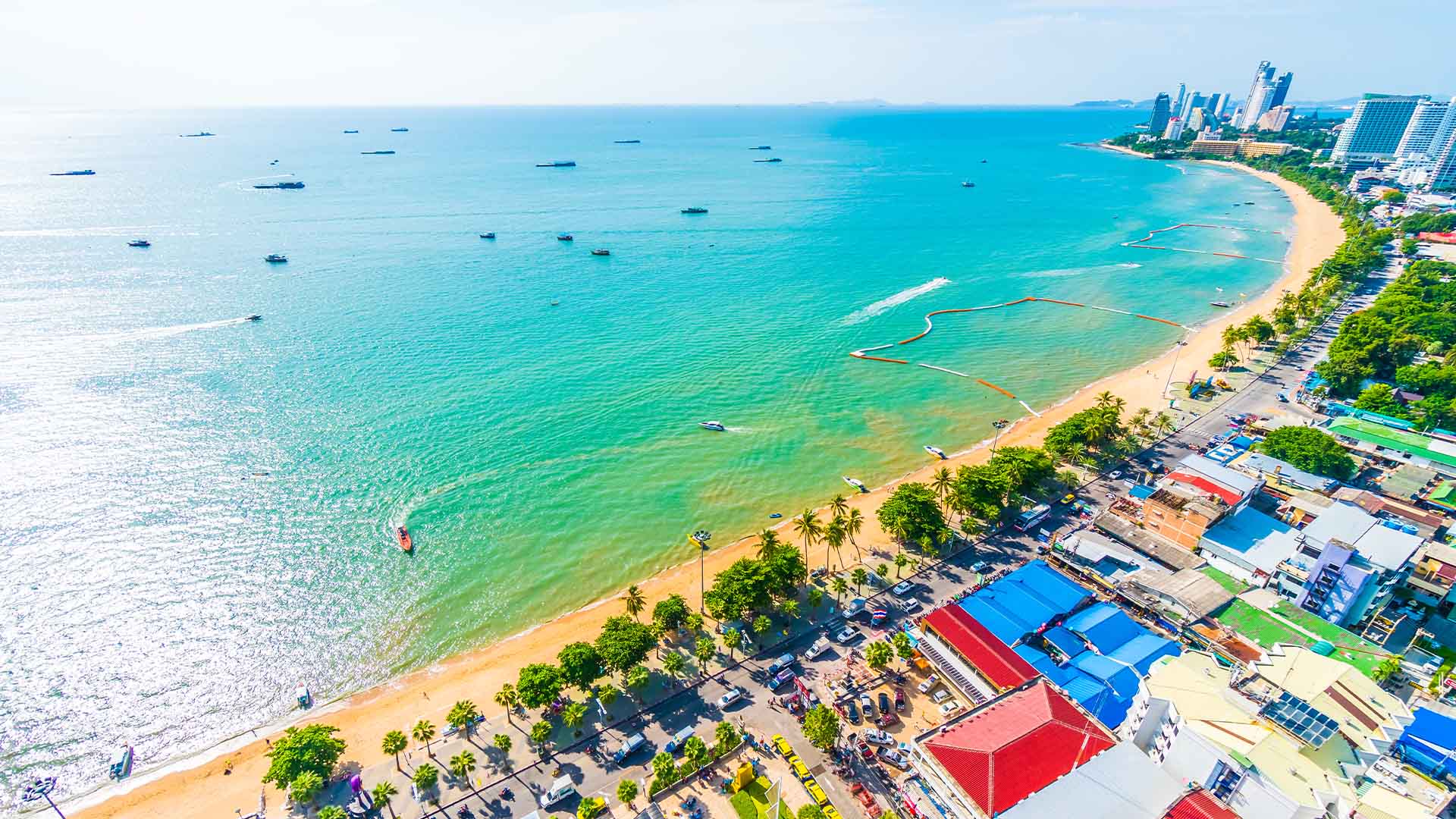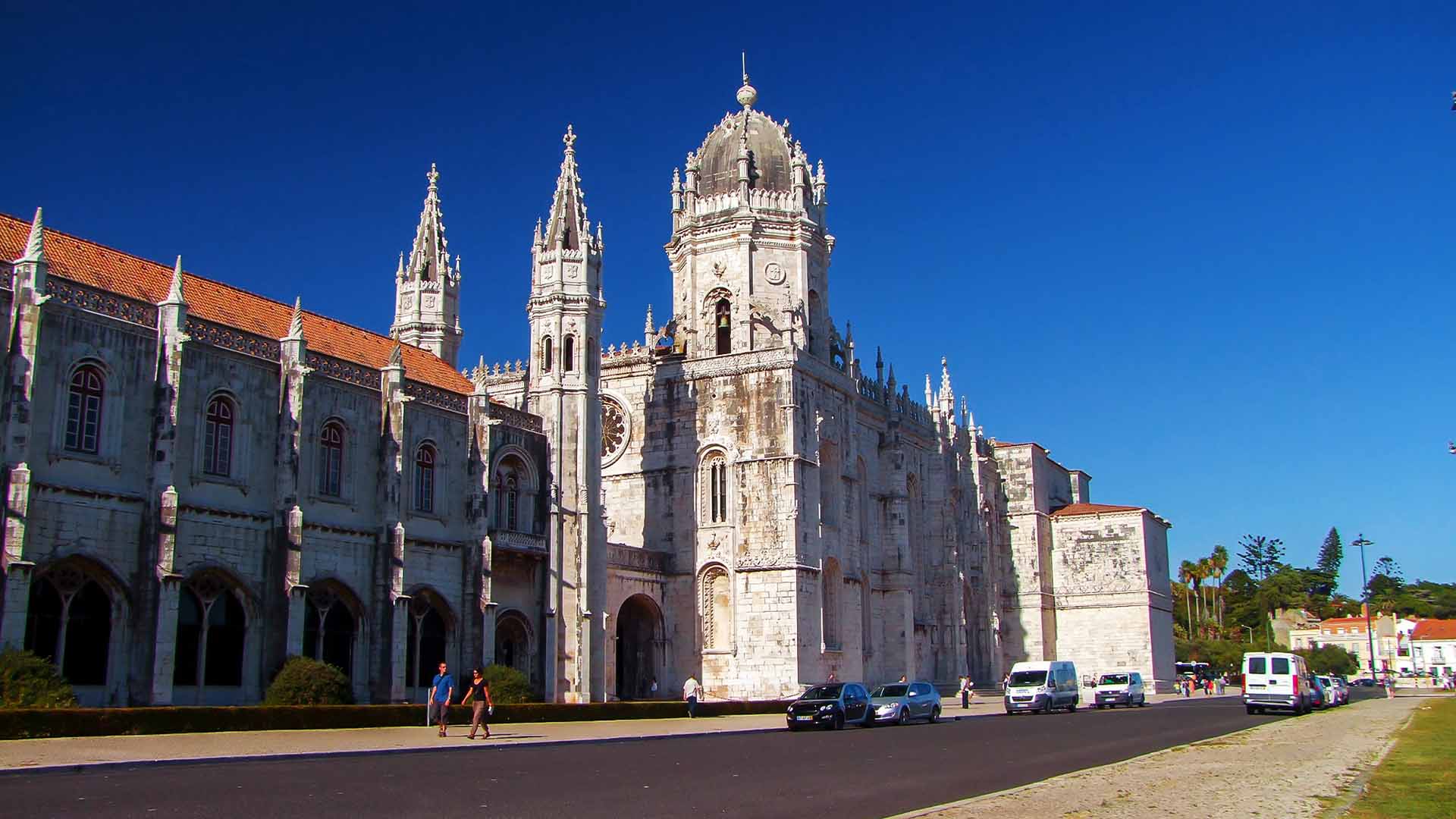Blue Sky Over Cu An Kiong
At two forty-seven in the afternoon, our Elf stopped in the courtyard of the Cu An Kiong Temple. The Lasem sky was azure, dotted with stacks of white clouds—like a serene painting, yet imbued with depth. From Lawang Ombo—the dark historical landmark we had just traversed—it only took two minutes to reach this place. It was close, yet it felt like transporting us to another world.
“Let’s get off here,” said Mbak Ira, opening the door. The Jakarta Creative Tourism group stepped out and headed towards the temple, lit up in red and pink. A pair of European-style lion statues stood majestically at the gate, as if inviting us into a time warp.
But Mas Agik, our story-filled guide, didn’t immediately invite us in. He pointed to the side courtyard. “Before we go to the temple, there’s something you should see,” he said.
A Monument That Touches Your Conscience
There stood a monument. I stepped closer, gazing at the black marble inscription adorned with gold lettering. Its title was striking and evocative:
Monument to the Struggle of Chinese and Javanese Warriors Against the VOC (1740–1743)
The inscription recounted the tragedy of the Geger Pecinan (China Rage), a mass slaughter of approximately 10,000 Chinese in Batavia in October 1740. The charges they were facing were merely a cover—violations of immigration and taxation regulations—while their true purpose was looting and extortion.
In the chaos, a man named Souw Phan Ciang, also known as Khe Panjiang, formed a people’s militia to fight the VOC. Resistance spread from Batavia to Cirebon, penetrating the Mataram-controlled territory of Kartasura. This is where the history of Lasem comes into play.
Three Names, One Resistance
The troops marching from Batavia were greeted by local figures: Tan Sin Ko, also known as Singseh, Oey Ing Kiat—later known as Raden Tumenggung Widyaningrat, the Regent of Lasem—Tan Kee Wie, and many others. Even Pakubuwono II, King of Mataram, ordered an attack on the VOC before ultimately turning back.
The resistance expanded when Javanese nobles such as Prince Mangkubumi, Raden Mas Said, and Raden Panji Margono joined the battle. However, history was not always on their side. In 1743, the great battle ended in defeat for the people. Despite this, the fire of resistance persisted, spreading as far as Bali in 1758.
This monument was erected by the Lasem Residents’ Association as a tribute to those who sacrificed their lives for their homeland.
Statues That Tell a Story
I gazed at the rows of golden statues standing proudly, frozen amidst the clang of weapons and the roar of battle. On the right, seven Javanese and Chinese figures line up in spirited poses: some wielding keris (a dagger), some holding swords, and others waving banners of resistance.
Their names are engraved at the base of the statues. Among them is Oey Ing Kiat—a leader revered not for his royal blood, but for his courage and solidarity. Not far from him stands Tan Kee Wie, a young warrior who died in the Mandalika Sea in 1742. And at the end of the line, Raden Panji Margono—a Javanese nobleman who refused the position of duke but never renounced the struggle.
On the left, three statues of VOC soldiers stand in colonial uniform. One kneels with a rifle, the other holds a VOC flag. The composition is clear: a people’s fighter charging against the colonialists, a symbol of resistance against greed.
Mas Agik pointed to one of the statues. “This is Raden Panji Margono,” he said. “He was a key figure in the Lasem struggle. He should have been the regent, but history dictated otherwise… the position instead went to his friend, Oey Ing Kiat.”
I gazed at the statue of Oey Ing Kiat—a humble Chinese Muslim. The Chinese-Javanese community chose him as leader, not because of blood, but because of his sincere leadership.
The Explosion from Lasem
This monument cannot be understood without returning to its original wound: the Geger Pecinan of 1740. The tragedy of genocide in Batavia erupted and spread to Lasem—a previously peaceful and cosmopolitan port city. Harmonious relations between Chinese and Javanese—through marriage, trade, and brotherhood—were suddenly bound by shared anger.
News of the massacre arrived along with an influx of refugees. But what emerged was not fear, but a determination to fight. This is where three names came together: Raden Panji Margono, Oey Ing Kiat, and Tan Kee Wie. They refused to submit. They chose resistance.
Several times, their troops managed to shake VOC posts, even laying siege to Kartasura—the palace that was supposed to protect the people. But betrayal came from within. Pakubuwono II, the king of Mataram, turned against the VOC and allied himself with the VOC for power. History took a turn.
A Silent Palace, a Crumbling Fortress
Pakubuwono II’s decision to side with the Dutch East India Company (VOC) left a deep scar. In 1742, he fled Kartasura and then moved the palace to Surakarta. This is where the Treaties of Giyanti and Salatiga were broken—the beginning of the rift between Islamic Mataram.
I gazed at the statue of Raden Panji Margono. His face was peaceful, but he seemed to bear the burden of history. I wondered: If Kartasura had chosen to side with the people, would history have been different?
But history knows no “if.” It is a trace that cannot be erased: blood that is spilled, stones that hear cries, and we who can only remember.
Traces That Must Not Be Lost
Before leaving, I glanced back. The rows of statues were like silent friends, guarding the secrets of the past. Lasem was not just a footnote in history. It was a rarely opened page, where Javanese and Chinese once united for a common goal: independence.
We left the monument in silence. But I believe that as long as there are people who come, write, and remember, this story will never die.
The Lasem Struggle Monument is more than just a monument. It is a reminder that ethnic boundaries can be transcended to fight injustice. That the greatest enemy is sometimes not outside, but within one’s own fortress.
After absorbing the heroic story of the Three Musketeers of Lasem—Raden Panji Margono, Oey Ing Kiat, and Tan Kee Wie—we stepped into the Cu An Kiong Temple. Lasem still holds many stories.






